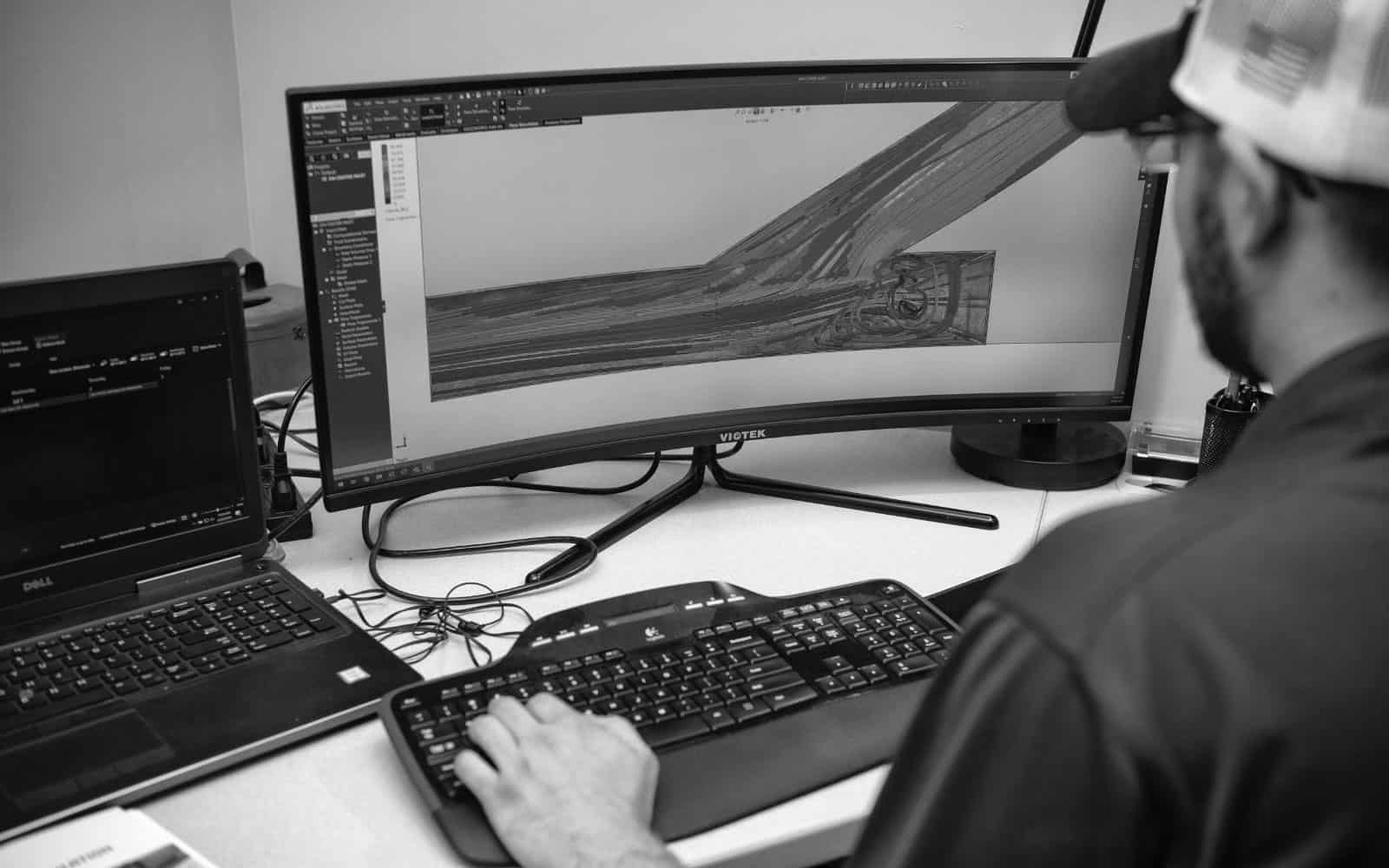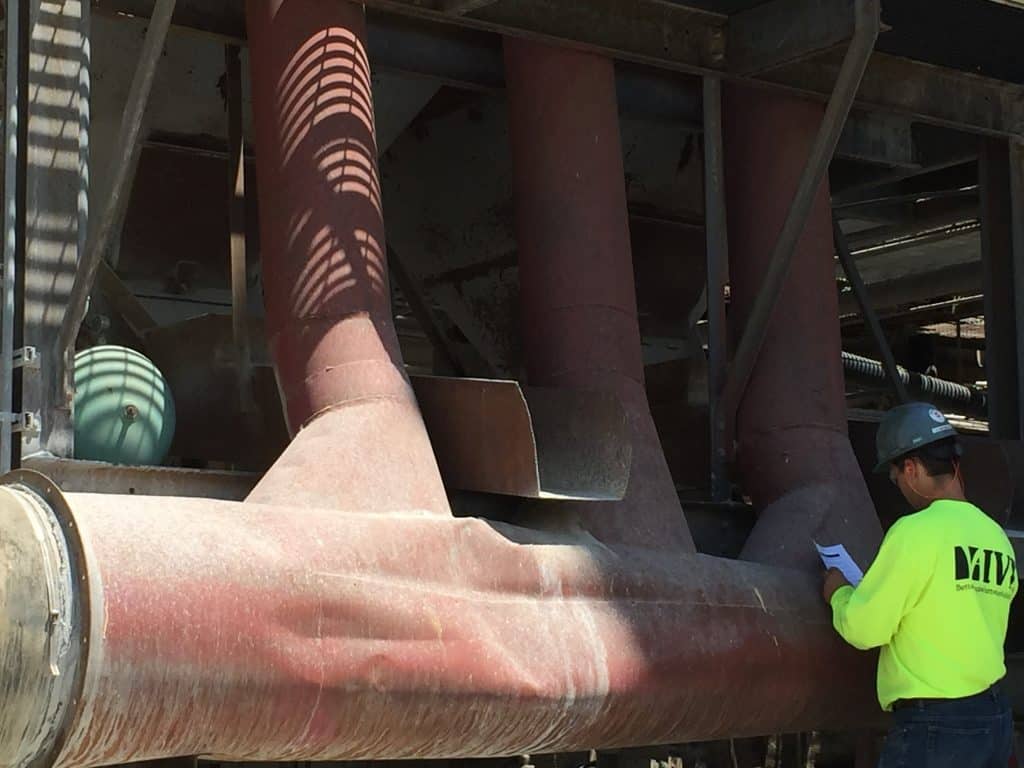4 Reasons to Have an Industrial Ventilation Analysis

In the past several years, we have seen an increase in customer requests for industrial ventilation analyses. While the need to become silica standard-compliant has driven many of those requests, more customers also are realizing the benefit an engineering study can have on their operation and bottom line.

Why Conduct an Industrial Ventilation Analysis
In an industrial ventilation analysis, we conduct an air quality survey by taking air readings of the ventilation system, as well as evaluate the dust collector, fans and all system components. From there, we develop a baseline rating of the entire system—a useful tool in determining what may need to be done, or not done, with your dust collection system. If you’re unsure whether an engineering study is right for you, here are the primary reasons to request an analysis.
Reason #1: Adding equipment
When adding equipment, you may need to expand the ventilation system. The best way forward is to start by evaluating the current system and its capacity. With that knowledge, you’ll then know whether your current system can handle more volume and how that may affect the collection volume from other equipment.
Also, adding equipment doesn’t automatically mean you need to add to your ventilation system. A ventilation analysis may show that you already have excess capacity. We may also be able to redesign the system to keep you from rerouting ductwork or buying a new dust collector.
Reason #2: Changing a manufacturing process
A manufacturing process change may mean greater particulate volume being directed to an area not equipped to handle the excess. If gone unchecked, particulate can build up in the ductwork, adding weight that can cause the duct to fail. And if the duct isn’t built to carry extra weight, facility damage and employee injuries may occur.
Reason #3: Becoming more energy efficient
Many companies are looking to be more environmentally conscious by using less energy. Even though an older dust collection system continues to do the job well, it may be costing more to run. Older fans, for example, can be a culprit. An engineering survey would show whether you could save energy and money with newer, more efficient equipment, depending upon your system design and layout.
Reason #4: Becoming silica standard-compliant
The silica standard is a high bar. If silica is part of your manufacturing process and you are having difficulty meeting the standard, there are a couple of things you should do. First, hire an industrial hygienist who will analyze your facility for silica risk. For example, the hygienist will take samples for every employee in every area of your plant for every shift. Once you have that information, we can then conduct an engineering study to review your entire system and determine how best to capture the silica.
What to Expect When Your Industrial Ventilation Analysis is Complete
Once we take the air quality survey readings and inspect your system, we develop a comprehensive written report of our findings. You’ll receive data on your equipment and ventilation system with indication of whether it’s collecting particulate effectively and where improvements, if any, are needed. We then:
- Request a follow-up meeting to discuss areas that need improvement
- Develop a conceptual design
- Develop a proposal that includes our costs based on our design
- Once agreed upon, implement the solutions
Getting an engineering study done is much like going to the doctor—it helps ensure everything is operating the way it should. If you believe an industrial ventilation analysis would benefit your company, contact us to schedule a survey.